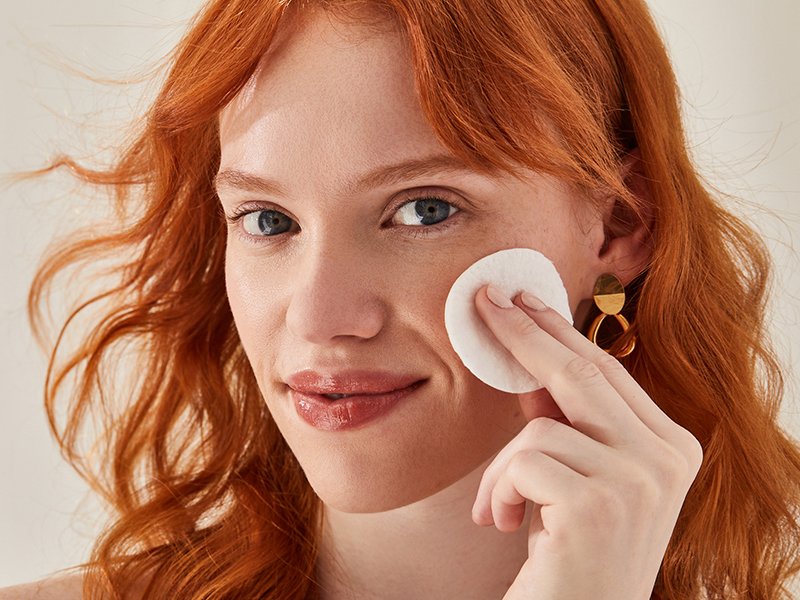Taking care of your skin is an essential part of any beauty routine. Creating a skincare routine that works for your skin type can be a challenging task, especially if you’re unsure of what products to use and when. Here’s a guide to building a skincare routine that works for your skin type.
First, it’s important to determine your skin type. There are five main skin types: normal, oily, dry, combination, and sensitive. Normal skin is neither too oily nor too dry and has a balanced complexion. Oily skin is characterized by excess sebum production and tends to have a shiny appearance. Dry skin lacks moisture and may feel tight or flaky. Combination skin is a mix of oily and dry areas, with oilier areas typically in the T-zone. Sensitive skin is prone to irritation, redness, and inflammation.
Once you’ve determined your skin type, you can start building your skincare routine. The basic steps for any skincare routine are cleansing, toning, moisturizing, and applying sunscreen. However, the specific products you use will depend on your skin type and individual needs.
For normal skin, a gentle cleanser, toner, lightweight moisturizer, and SPF 30+ sunscreen are typically all you need. Look for products that are non-comedogenic and won’t clog your pores.

Oily skin types benefit from a foaming cleanser that helps to remove excess oil and astringent toner that can help to reduce the appearance of pores. A lightweight, oil-free moisturizer and non-comedogenic sunscreen are also essential.
Dry skin requires a hydrating cleanser, a toner that’s free from alcohol, and a rich moisturizer that can help to lock in moisture. Additionally, a physical sunscreen with moisturizing ingredients can help to protect dry skin from environmental damage.
Combination skin types should use a gentle cleanser that won’t strip the skin of its natural oils, an astringent toner in the T-zone, and a lightweight moisturizer. SPF 30+ sunscreen is essential to protect the skin from UV damage.
Sensitive skin types require a gentle, fragrance-free cleanser and toner that won’t cause irritation. A rich, fragrance-free moisturizer and a physical sunscreen with mineral-based ingredients can also help to prevent sensitivity and protect the skin from UV damage.
In addition to these basic steps, you can incorporate additional products into your skincare routine as needed. For example, serums can help to target specific concerns like dark spots, fine lines, or dehydration. Eye creams can help to reduce puffiness and dark circles around the eyes.

When building your skincare routine, it’s important to introduce new products slowly and one at a time. This can help to prevent irritation or an adverse reaction to a product. Additionally, don’t forget to patch test new products before using them on your entire face.
Creating a skincare routine that works for your skin type is essential for maintaining healthy, glowing skin. By following these basic steps and incorporating products that address your individual needs, you can achieve the best possible results for your skin.

